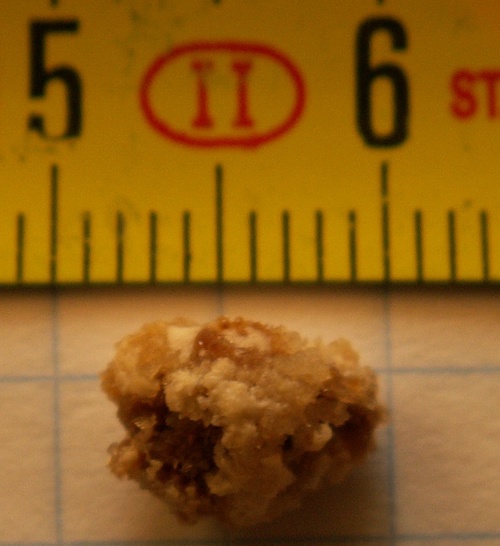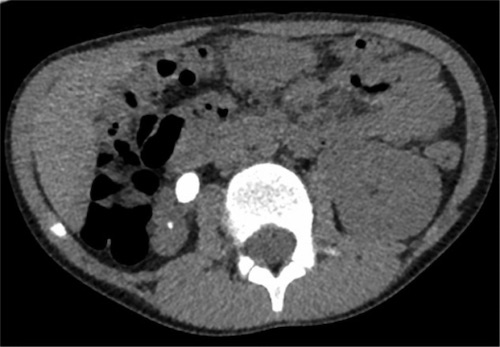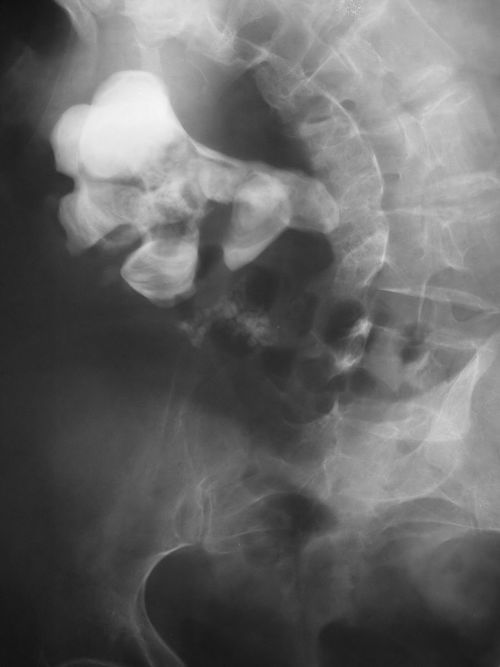Urology: Nephrolithiasis (Kidney Stones)
Nephrolithiasis (Kidney Stones)
Definitions
- Urolithiasis: Stone in Any Part of the Urinary Tract
- Nephrolithiasis: Kidney Stones or Renal Calculi
- *Often Used to Broadly Refer to Any Stone in the Urinary Tract
- Ureterolithiasis: Stone in the Ureter
Stone Types
- Radiopaque Stones:
- Calcium Oxalate (70-80% – Most Common Stone)
- Calcium Phosphate (15%)
- Struvite (Mg Ammonium Phosphate) (1%)
- Staghorn Calculi Within Pelvis
- From Proteus mirabilis Infection (Produce Urease)
- Radiolucent Stones:
- Uric Acid (8%)
- Cysteine (1-2%)
- From Congenital Disorders of Cysteine Reabsorption
Risk Factors
- Older Age
- Male Sex
- White Ethnicity
- Functional Disability
- Prior Stones
- Recurrence Risk: 10-30% at 3-5 Years, 50% at 10 Years
- Specific Risk Factors for Calcium Oxalate Stones:
- Low Urine Output
- High Urine Calcium or Oxalate
- High Urine pH
- Low Urine Citrate
- Primary Hyperparathyroidism
- Diabetes
- Increased GI Absorption of Oxalate in Colon – Due to IBD, Short Gut Syndrome or Bowel Resection)
- Betel Quid Chewing (Practice in Southeast Asia)
- Specific Risk Factors for Uric Acid Stones:
- Gout
- Obesity
- Low Urine pH
- Myeloproliferative Disorders
Presentation
- Colicky Pain – Severe Episodes Lasting 20-60 Minutes
- Hematuria
- Nausea & Vomiting
- Dysuria
- Urinary Urgency
Complications
- Urinary Obstruction & Hydronephrosis
- Renal Injury/Failure
- Urinary Tract Infection/Pyelonephritis
Diagnosis
- Primary Diagnosis: CT (Without Contrast)
- Other Options: MRI or IV Pyelography

Nephrolithiasis 1

Large Right Ureterolithiasis on CT 2

Staghorn Nephrolithiasis on Abdominal XR 3
Treatment
Medical Treatment
- Primary Tx: Pain Control (NSAIDs Preferred)
- Tamsulosin (Alpha Blocker) for Stones 5-10 mm in Diameter
Emergent Surgery
- Indications:
- Obstructing Stone & UTI/Sepsis
- Bilateral Obstruction & AKI
- Obstruction & AKI with a Solitary Functional Kidney
- Urgent Decompression is Preferred Approach
- Generally Wait to Remove Stone Until Infection is Cleared
- Stone Manipulation in Setting of UTI Can Cause Severe Sepsis
- Surgical Approach:
- Ureteroscopy with Stent Placement
- Percutaneous Nephrolithotomy with Percutaneous Nephrostomy Tube
Elective Surgery
- Indications:
- Severe Symptoms
- Diameter > 10 mm
- Medical Failure After 4-6 Weeks
- Persistent Obstruction Due to Stones
- Recurrent UTI Due to Stones
- Surgical Options:
- Ureteroscopy – Often the Preferred Approach
- May Leave a Ureteral Stent After Stone Excision
- Extra-Corporeal Shock Wave Lithotripsy (ESWL) – May Be Considered for Small-Medium Sized Stones in the Proximal-Mid Ureter
- Percutaneous Nephrolithotomy – Generally Reserved as Second-Line for Large/Complex Stones
- May Leave a Percutaneous Nephrostomy Tube After Stone Excision
- Surgical Excision (Laparoscopic, Robotic or Open) – Rarely Used
- Ureteroscopy – Often the Preferred Approach
References
- Wal RR. Wikimedia Commons. (License: Public Domain)
- Patel C, Modgil V, Luscombe C, Liu S. A unique presentation, and management, of acute urinary retention in a young boy with underlying vesicoureteral reflux. J Surg Case Rep. 2013 Sep 7;2013(9):rjt047. (License: CC BY-NC-3.0)
- Dilmen N. Wikimedia Commons. (License: CC BY-SA-3.0)